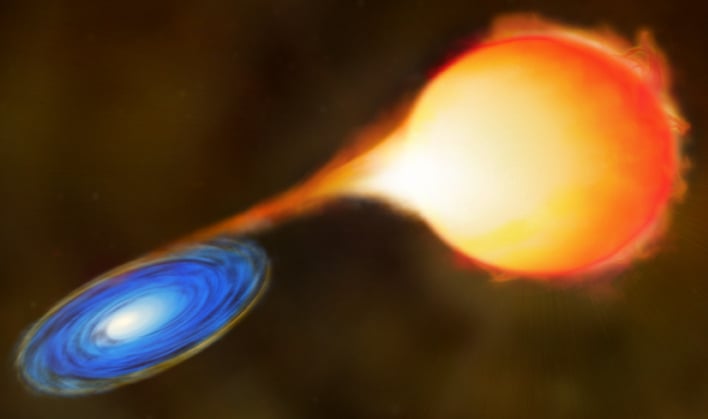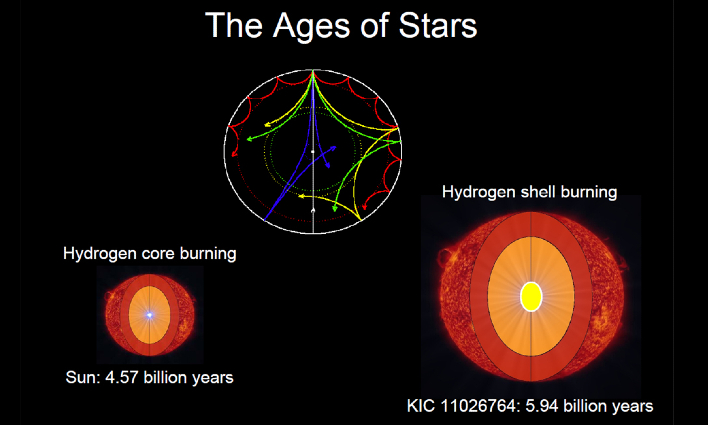Astronomers Discover Slim Red Giant Stars With Mass Stolen By Celestial Neighbors

"Red giant" stars are plentiful in our galaxy, numbering in the millions. Our own Sun will transition to a red giant in about four million years. Astronomers have thought for a while that smaller red giants existed, but have lacked the evidence to prove it. But a group of researchers at the University of Sydney have posted a new study that confirms their existence after finding a small amount of them.
A binary star system is comprised of two stars that are gravitationally bound to one another. As stars age, they begin to expand and some material can arrive at the gravitational sphere of their companion and be absorbed by the other star. When it comes to tiny red giants, a companion star could be present, according to Yaguang Li, a Ph.D. candidate from the University of Sydney and the lead author of the paper.
"It's like finding Waldo," stated Li. "We were extremely lucky to find about 40 slimmer red giants, hidden in a sea of normal ones. The slimmer red giants are either smaller in size or less massive than normal red giants."
The team scoured archival data from NASA's Kepler space telescope dating from 2009 to 2013. Kepler had recorded the brightness variations of tens of thousands of red giants during those years, which allowed the group to devise the groundwork for discovering any aberrations. During the hunt, two types of unusual stars were identified: very low-mass red giants, and underluminous (dimmer) red giants.
"So, when we first obtained the masses of these stars, we thought there was something wrong with the measurement," Li indicated. "But it turns out there wasn't."

But, when it came to the underluminous stars, researchers found they had normal masses. Dr. Simon Murphy from the University of Southern Queensland and co-author of the paper, stated, "However, they are much less 'giant' than we expect. They've slimmed down somewhat and because they are smaller, they're also fainter, hence 'underluminous' compared to normal red giants."
While the team was only able to find a handful of underluminous stars, they suspect that many more exist. According to Murphy in a statement about the research, "The problem is that most of them are very good at blending in. It was a real treasure hunt to find them."
Top Image Credit: NASA/CXC/M.Weiss

